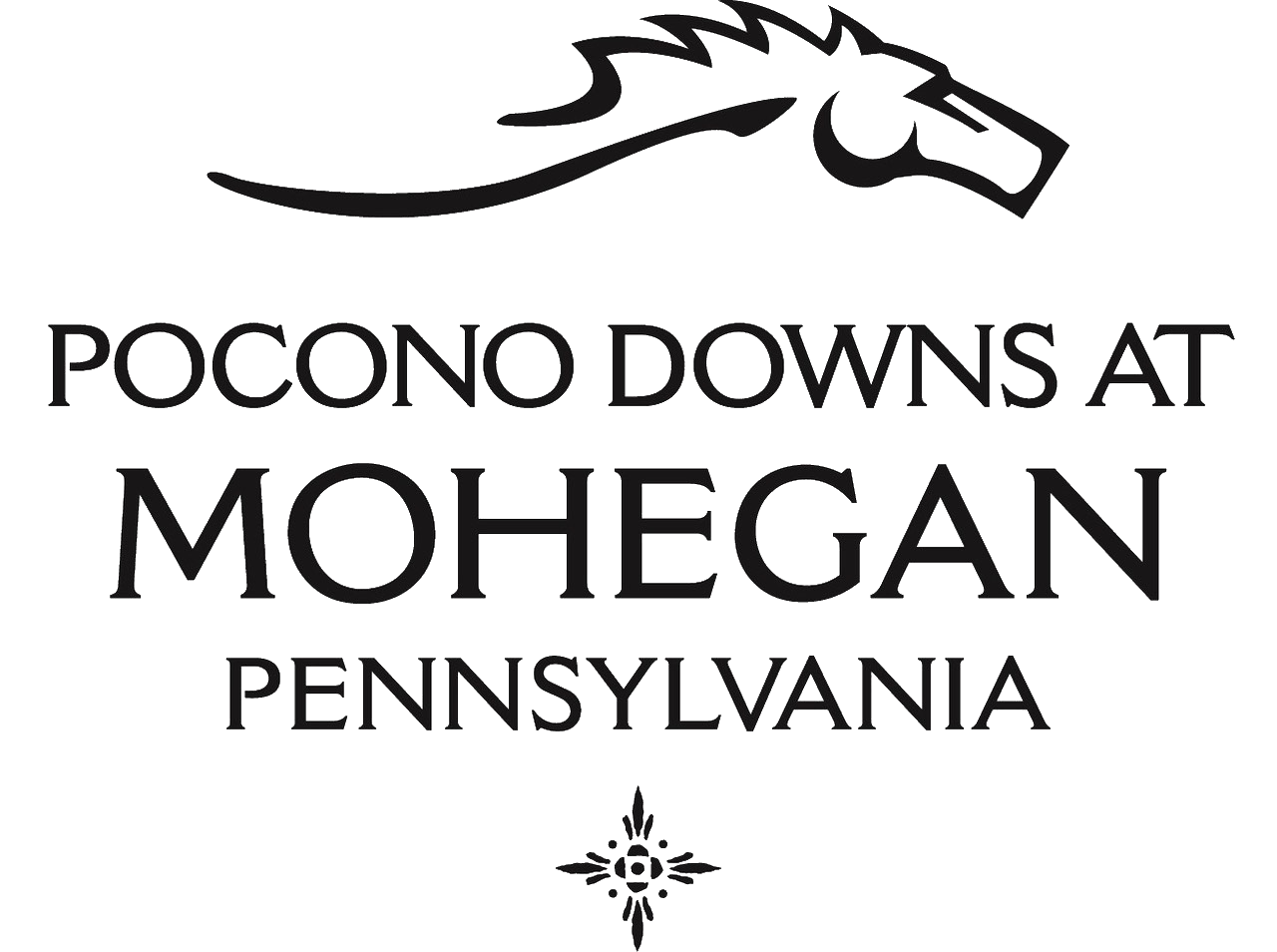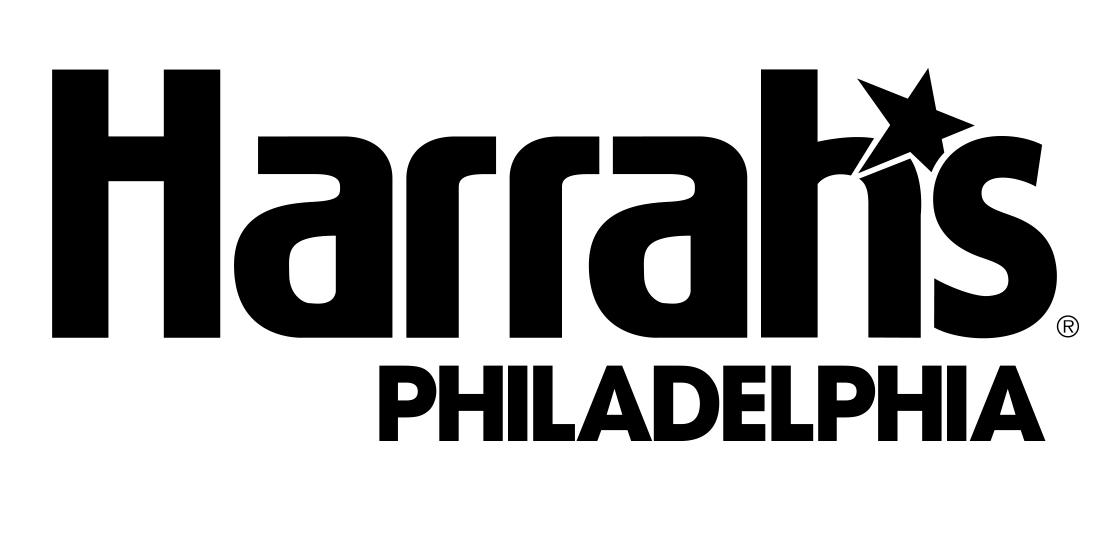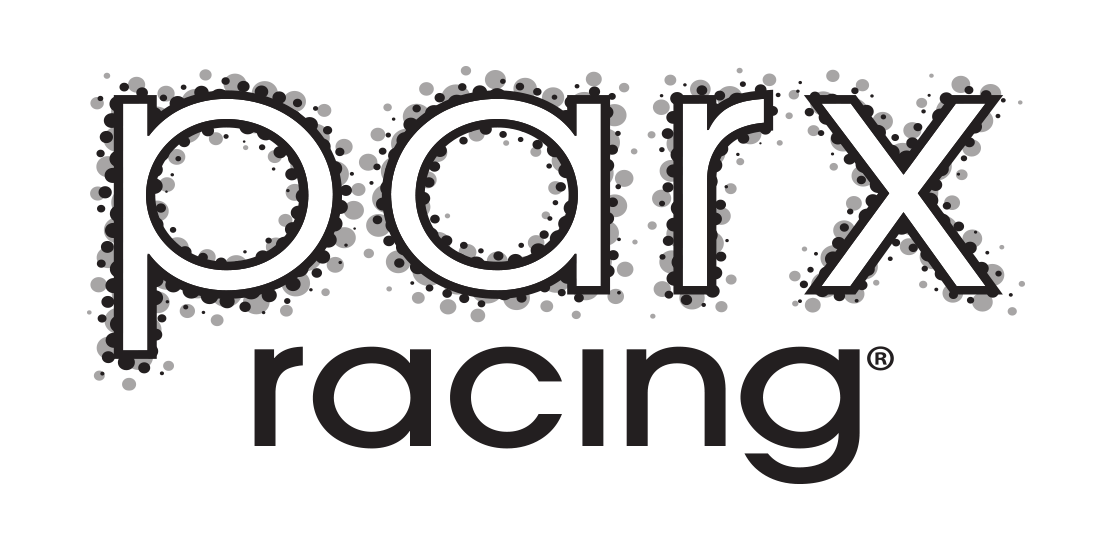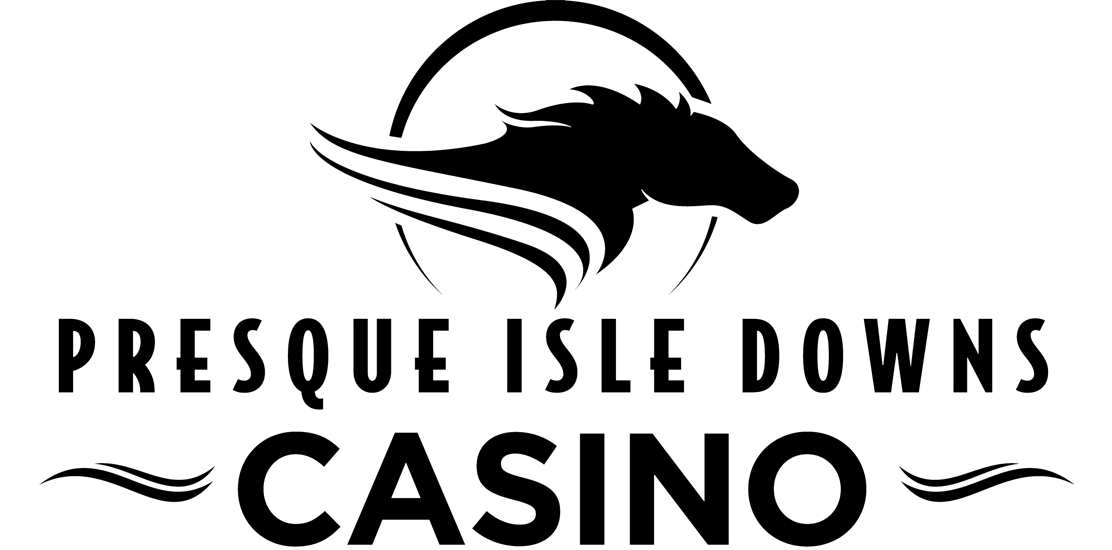Finally, in 1959, the relaxation of Pennsylvania’s outdated, Puritanical laws against racing and gambling opened the way for legalized horse racing and pari-mutual wagering. The Pennsylvania legislature passed the Race Horse Industry Reform Act that allowed race tracks to offer live harness racing in the state. Construction began at two locations – Liberty Bell in northeast Philadelphia, and The Meadows in western Pennsylvania located about 25 miles from Pittsburgh. It was a festive time when racing fans looked forward to the thrill of live racing, and newspaper headlines advertised a new form of entertainment and excitement that included the only legal gambling in the state. Lawmakers in Pennsylvania also anticipated the direct and indirect economic benefits of pari-mutual wagering.
In June 1963, harness racing and wagering began in Pennsylvania when the first horse crossed the finish line at the newly constructed Liberty Bell race track. Opening night fell short of expectations, but soon attendance and wagering increased as people experienced the excitement of live racing and learned how to wager on race horses. The modern, glass enclosed grandstand accommodated 30,000 people and included several restaurants, a clubhouse, and a parking lot with room for over 10,000 cars. The backside included a training track and newly built fire resistant barns that held approximately 1,100 horses.
Leading harness drivers like Billy Haughton and Stanley Dancer competed at Liberty Bell, and after forming a circuit with Brandywine Raceway, the track quickly became one of the top harness tracks on the east coast.
When a law was enacted in 1967 to allow thoroughbred racing in the state, Liberty Bell built a mile dirt track outside the harness track to accommodate thoroughbred racing. Harness and thoroughbred racing shared the grounds while a new thoroughbred track was built several miles away in Bensalem called Keystone. Sadly, nothing remains of Liberty Bell but memories. After falling revenue, competition from local tracks, and new forms of entertainment, the track closed in 1985 and was sold to developers who built a shopping mall in its place.
Meanwhile, at the western end of the state, in Washington, Pennsylvania, legendary harness driver, trainer, breeder, and innovator, Delvin Miller planned his lifelong dream of bringing harness racing to western Pennsylvania. He and several partners began construction in 1962 on The Meadows race track which also opened in June, 1963. Cars lined up and people waited in lines to get in and watch champion harness drivers like Stanley Dancer and Billy Haughton compete on opening night. Crowds set attendance records as racing gained popularity. In those days, horse racing was the only form of gambling available and was covered daily in newspapers, on radio, and television. Delvin Miller, dedicated to improving the sport he loved, introduced innovations and improvements for racing. He helped perfect a hard protective safety helmet for drivers instead of a soft cap, he experimented with a tartan surface at the Meadows which was later switched to dirt, and he promoted the initial use of mobile starting gates. He developed a top class racing program at The Meadows and initiated their most prestigious race, The Adios, first run in 1967 and named after his famous pacer, Adios. The race continues to be the signature event of the year.
In 1971, like Liberty Bell, The Meadows held two years of thoroughbred racing while thoroughbred tracks were built elsewhere in the state. In 1973, The Meadows reverted back to harness racing only and is the oldest race track still in operation in Pennsylvania. Racing continued through the seventies and eighties, but by the late eighties, all tracks in the state experienced a downturn. Hoping to revive interest in racing, in 1983, The Meadows introduced several new technologies including Call-A-Bet which was a type of phone bet enabling people to wager from their homes, and they instituted Meadows Racing Network that telecast the day’s races to local cable stations. Competition for wagering dollars increased with the introduction of the Pennsylvania Lottery in 1971 and the legalization of gambling in New Jersey as Atlantic City built casinos that offered Las Vegas style gaming.
The third harness track to open in Pennsylvania was Pocono Downs, located near Wilkes-Barre, where over 12,000 people showed up on opening day in July 1965 including Governor William Scranton. After the first night of racing, attendance declined, and like the other two tracks, they held thoroughbred meets from 1969 until 1980. The track experienced ups and downs and scandals and riots, and a kidnapping. Jockeys were accused of race fixing, and a female jockey, Mary Bacon, was kidnapped at knifepoint by a track employee but later released unharmed. The track returned to harness racing in 1980 and thoroughbred racing was discontinued. The small track is legendary for having one of the safest and best racing surfaces in the country, and to this day, drivers praise the reddish colored surface. Racing continued to struggle through the late eighties, and the track fell on hard times as racing interest declined.
After thoroughbred racing was legalized in 1968, construction began on Penn National, located near Harrisburg, Pennsylvania. When it opened in August 1972, it was the first track built strictly for thoroughbreds and the only one mile lighted track in the country. The 1970’s ushered in the “glory days” of horse racing and was the decade of Secretariat, Seattle Slew, Affirmed, and Alydar. Secretariat was a name people recognized, and race horses were superstars. A young jockey named Steve Cauthen won the Triple Crown and was the only jockey to be named “Sportsman of the Year” by Sports Illustrated. In 1977, over 10,000 people crowded into Penn National on Steve Cauthen day to watch the celebrity jockey. Another draw and superstar to race at the track was the horse John Henry.
In 1978, a turf course was added and the track’s premier race, The Pennsylvania Governor’s Cup was moved to the grass. The track also had its share of controversy, but was one of the few tracks that offered year round racing. Owned by Penn National Gaming, the track debuted a television show called Racing Alive which broadcast their show to cable stations. They also experimented with simulcasting as the horse racing industry tried to reinvent itself.
The home of the Pennsylvania Derby and Cotillion, Keystone opened in 1974. Located in Bensalem, the track held the first Pennsylvania Derby in 1979 which was won by Smarten. Other notable horses to race there were Spectacular Bid, My Juliet, Gallant Bob, Broad Brush, and Dainty Dotsie. The oldest major stakes race, the Cotillion, first run in 1969 at Liberty Bell, continues to be a major race for 3 year old fillies.
In 1984, ITB bought Keystone and renamed it Philadelphia Park. They built a new turf course and initiated Phonebet which enabled people to wager from home. The track changed hands again in 1990 when it was acquired by Greenwood Racing, a British group with ties to the gaming industry. “I galloped my first horse at Liberty Bell and was at Keystone from the start. I always had lots of fun at Liberty Bell,” remembered Brandy Steenson. According to Brandy, clocker at Parx, “There were good crowds and people were enthusiastic. The same was true at Keystone. People had to go to the races in order to wager. There was no Phonebet or casinos so people went to the track. We worked hard and racing was year round 6 days a week. Things changed in the nineties when there was a downturn in the economy.” By the nineties, horse racing was a distressed industry, and eventually, casinos came to the rescue.
A small track with a short life span, Commodore Downs opened near Erie in 1973. From the beginning, they had financial problems and low attendance. The track was known for cheap claiming prices and low purses. The track changed ownership in 1980 and closed in 1983. After several attempts to reopen, it closed permanently in 1988. Like many other small race tracks across the country, it is now an industrial park.
Cover photo from Philadelphia Evening Bulletin collection.
